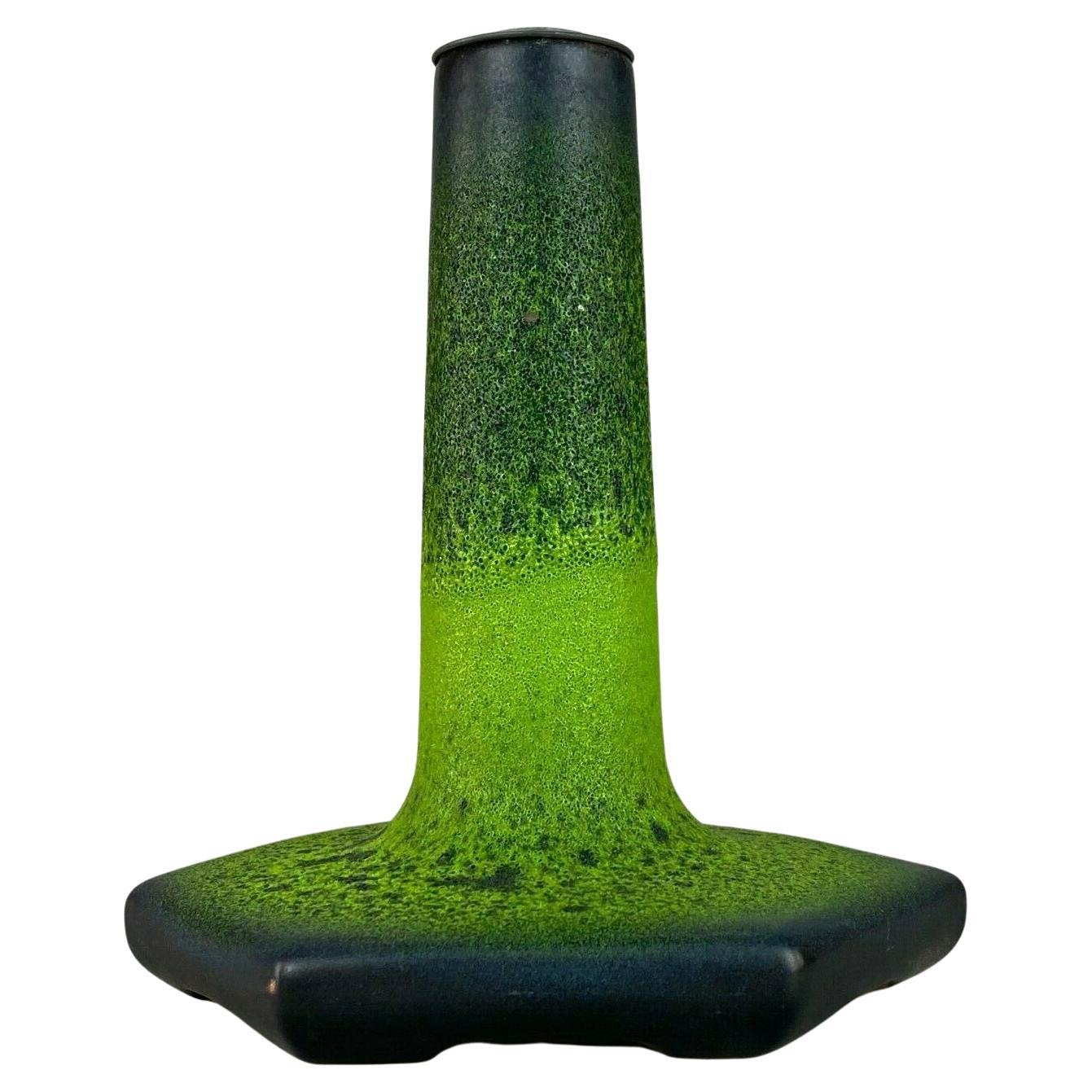

Main Product Design Categories of Space Age Design:

Eero Saarinen: Celebrated for the " Tulip Chair," a futuristic piece with a single pedestal base and organic contours.Verner Panton: Iconic designer known for the " Panton Chair," a curvaceous, cantilevered seat that became an emblem of the space-age movement.Notable Space Age Designers and Their Works: Purpose: Focused on pushing the boundaries of design, creating functional yet visually striking pieces that embody the spirit of progress and technological innovation.Materials: Utilizing cutting-edge materials like fiberglass, acrylic, molded plastic, and chrome, creating a sense of modernity and space-age sophistication.

Colors: Dominated by bright, bold hues such as vibrant reds, yellows, oranges, and cosmic blues, reminiscent of futuristic space imagery.Shapes: Characterized by sleek, aerodynamic lines and geometric forms that often mimic space capsules, rockets, and satellites.What Are The Distinguishing Characteristics of Space Age Design? Space Age Design emerged as a response to the post-war era, embracing the optimism and progress of the time through its forward-thinking concepts.Originating primarily in Europe and the United States, designers drew inspiration from space age concepts, futuristic science fiction, and space travel achievements.Established in the 1950s and 1960s, this avant-garde movement was heavily influenced by the Space Race and humanity's fascination with space exploration.With a nod to space exploration and technological advancements, this design style captivates with its sleek lines and unconventional forms. This visionary movement emerged during the mid-20th century, embodying a futuristic and innovative aesthetic. Welcome to Adorno's gallery of Space Age Design.


 0 kommentar(er)
0 kommentar(er)
